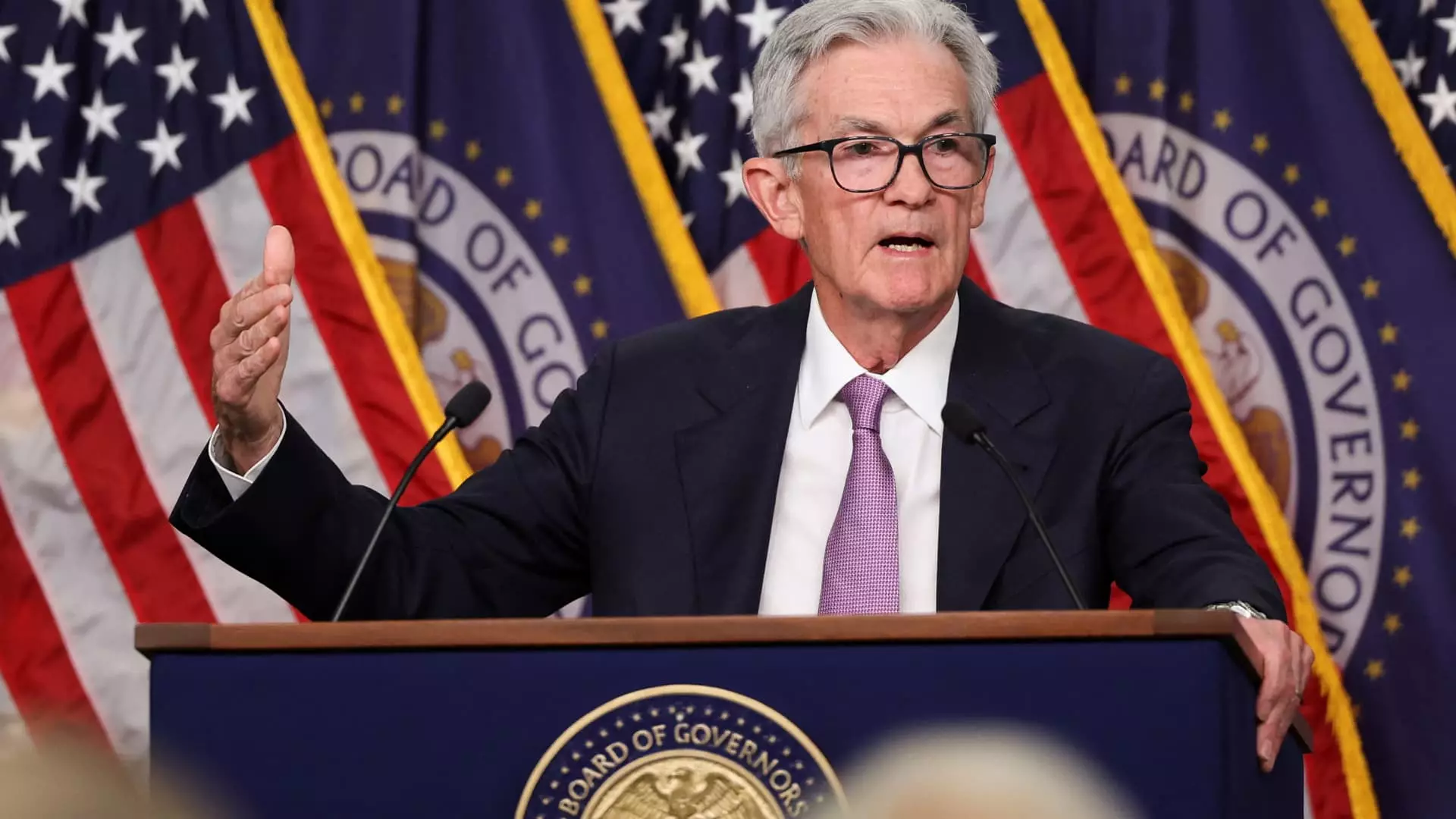As the landscape of the financial market continuously evolves, the recent trend of falling interest rates is capturing the attention of banks, economists, and investors alike. While lower interest rates are often seen as a boon for financial institutions, this scenario is not as straightforward as it may initially appear. The dynamics at play—ranging from customer behavior to inflation concerns—play a vital role in determining the extent to which banks can benefit from such rate cuts.
Historically, falling interest rates have signaled a favorable environment for banks, particularly when the cuts do not signal an impending recession. Reductions in rates curb the trend of customers moving cash from lower-yielding checking accounts into higher-yield options like certificates of deposit (CDs) or money market accounts. This shift has been significant over the past two years as investors sought better returns. Consequently, a recent half-percentage point cut in the Federal Reserve’s benchmark interest rate might suggest a turning point that can potentially revitalize banks’ balance sheets.
However, the simplistic notion that all banks will prosper in a low-rate environment needs scrutiny. The trajectory of net interest income (NII)—the differential between interest earned from loans and securities versus interest paid to depositors—remains uncertain. Although the Federal Reserve has indicated plans for additional rate cuts, persistent inflationary pressures may hinder these anticipated reductions, ultimately affecting banks’ profitability.
The Challenges of Inflation
Despite the potential advantages lower rates can provide, concerns regarding inflation loom large. Market experts are grappling with the implications of this reemergent concern, especially as it pertains to the Federal Reserve’s policy decisions. With inflation pressures potentially stifling aggressive rate cuts, predictions for banks’ NII may require significant adjustments. Chris Marinac, a research director at Janney Montgomery Scott, encapsulates this uncertainty, expressing skepticism over whether the Fed will confidently move forward with its planned cuts.
Consequently, as JPMorgan Chase prepares to disclose its quarterly earnings, analysts are keen to gauge guidance regarding future NII trends through the lens of ongoing economic uncertainties. While a projected earnings drop of 7.4% sounds alarming, it is essential to note that banks could still have a long-term benefit from the Fed’s easing cycle—albeit at an undetermined pace and magnitude.
Predicting Net Interest Income: Variables and Uncertainties
The interaction between a bank’s assets and liabilities in relation to falling interest rates is quintessential to understanding the bank’s profit prospects. In an ideal scenario, banks would witness a decline in funding costs outpacing the yields on income-generating assets, enhancing their net interest margins. Yet, this is not universally applicable. Some banks may experience a faster repricing of their assets than their deposits, leading to diminished margins.
In their analysis, Goldman Sachs has highlighted a notable trend: large banks are likely to observe a 4% reduction in NII, primarily attributed to subdued loan growth and slow deposit repricing. This lag can squeeze margins and set off a cascading impact throughout the banking sector. Alarmingly, recent statements from JPMorgan’s president hint at high expectations for future NII being misaligned with reality. The cautionary tone suggests that investors should brace for potential downward adjustments across the board.
While large banks are navigating headwinds in the face of lower interest rates, there is a silver lining to consider. Lower rates can stimulate deal volumes in trading and investment sectors, enhancing overall profitability for the banks with robust Wall Street operations. Morgan Stanley’s analysts recommend key financial institutions such as Goldman Sachs, Bank of America, and Citigroup, recognizing their potential advantages in a declining rate environment.
Conversely, regional banks, which often felt the greatest pressure from rising funding costs during periods of increased interest rates, are poised to derive greater benefits from initially falling rates. Upgrades in ratings for banks like US Bank and Zions reflect optimistic projections, while adjustments to expectations for major players like JPMorgan signify a changing tide in market sentiment.
As banks temper their outlooks for NII through the end of the year and into 2025, the cumulative effects of inflation, customer behavior, and interest rates paint a complex picture for the financial sector. Industry analysts caution that while lower rates may alleviate some pressure, increased loan losses present potential pitfalls that could dampen optimism moving forward.
The current trends in interest rates present a dual-edged sword for the banking sector. Understanding the interplay of these factors will be crucial as financial institutions navigate the uncertainties that lie ahead—full recovery may demand more than suitable rate adjustments.

